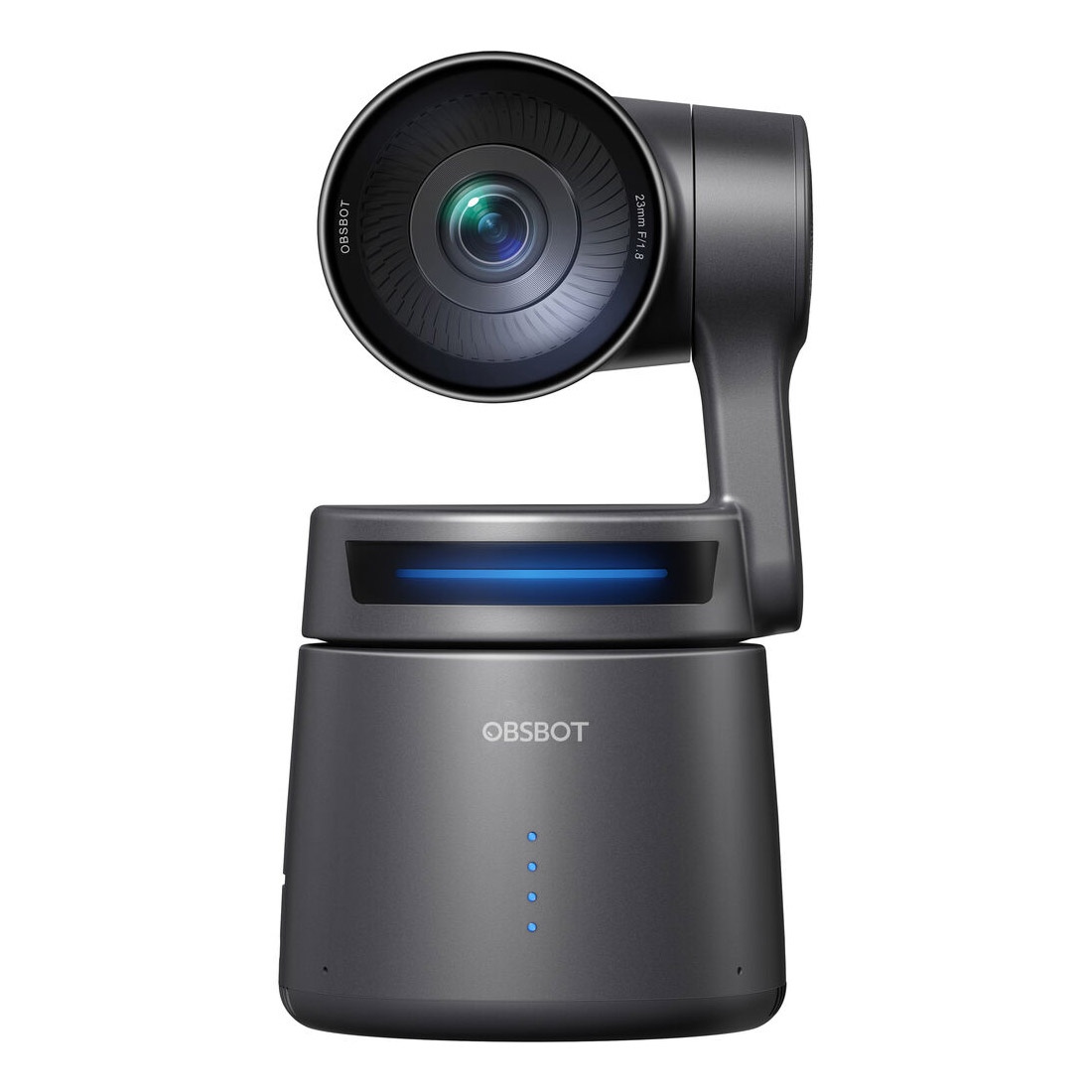Unlocking the Potential of Shopify Components
A Comprehensive Guide for E-Commerce Success
In the rapidly evolving world of e-commerce, staying ahead of the competition requires more than just having an online store. It demands a platform that not only meets your current needs but also adapts to your future growth. Shopify, one of the leading e-commerce platforms, offers a robust solution to this challenge through its diverse range of components. Understanding and utilizing Shopify components can transform your online store, offering both flexibility and scalability. In this guide, we’ll delve into what Shopify components are, their benefits, and how you can leverage them for optimal e-commerce performance.
What Are Shopify Components?
Shopify components are pre-built, modular elements that can be integrated into your Shopify store to enhance its functionality and appearance. These components are designed to address various aspects of e-commerce, from product display and inventory management to customer engagement and checkout processes. By leveraging these components, you can customize and optimize your Shopify store to better meet your business objectives and provide a superior shopping experience.
Key Shopify Components and Their Benefits
1. Product Components
Product components are essential for showcasing your products effectively. They include:
- Product Listings: Display your products with customizable templates that highlight key features, prices, and images.
- Product Variants: Offer customers multiple options for each product, such as sizes or colors, with easy-to-navigate dropdowns or swatches.
- Product Reviews: Incorporate customer feedback directly on your product pages to build trust and encourage purchases.
Benefits: Enhanced product visibility, improved customer decision-making, and increased sales through effective product presentation.
2. Shopping Cart Components
Shopping cart components streamline the purchasing process and include:
- Mini Cart: A compact view of the cart that allows customers to review their selections without leaving the current page.
- Cart Abandonment Tools: Features that remind customers of their abandoned carts, such as email notifications or retargeting ads.
- Customizable Cart Page: Tailor the cart page layout and design to align with your brand and make the checkout process seamless.
Benefits: Increased conversion rates by reducing friction during the checkout process and minimizing cart abandonment.
3. Checkout Components
The checkout experience is crucial for converting visitors into customers. Key checkout components include:
- One-Page Checkout: Simplify the checkout process by consolidating all steps into a single page.
- Payment Gateways: Integrate various payment options, including credit cards, digital wallets, and alternative payment methods.
- Shipping Calculators: Provide real-time shipping estimates based on location and delivery options.
Benefits: Enhanced customer satisfaction with a smooth, efficient checkout process, leading to higher conversion rates and reduced cart abandonment.
4. Customer Account Components
Customer account components help build long-term relationships with your buyers. These include:
- Account Dashboard: Allow customers to view their order history, track shipments, and manage personal information.
- Wishlist Features: Enable customers to save their favorite products for future purchases.
- Personalized Recommendations: Use browsing and purchase history to suggest relevant products to customers.
Benefits: Improved customer retention through personalized experiences and increased repeat purchases.
5. Marketing and SEO Components
Effective marketing and SEO are crucial for driving traffic and sales. Key components in this category are:
- SEO Optimization Tools: Enhance your store’s visibility on search engines with tools for optimizing meta tags, headings, and URLs.
- Email Marketing Integration: Sync with email marketing platforms to manage campaigns, newsletters, and promotional offers.
- Social Media Integration: Connect your store with social media channels for seamless sharing and engagement.
Benefits: Increased organic traffic, enhanced marketing efforts, and greater brand visibility.
6. Analytics and Reporting Components
Understanding your store’s performance is key to making data-driven decisions. Essential analytics components include:
- Sales Reports: Track revenue, average order value, and other key metrics to gauge your store’s performance.
- Customer Insights: Analyze customer behavior, including purchase patterns and demographics, to refine your marketing strategies.
- Traffic Analytics: Monitor website traffic sources, user behavior, and conversion rates to optimize your store’s performance.
Benefits: Data-driven insights for better decision-making and strategic planning to boost store performance.
How to Integrate Shopify Components into Your Store
Integrating Shopify components into your store involves several steps:
- Identify Your Needs: Assess your store’s current functionality and identify areas where components can add value or improve performance.
- Choose the Right Components: Based on your needs, select the appropriate Shopify components from the Shopify App Store or develop custom solutions if required.
- Install and Configure: Follow installation instructions and configure the components to align with your store’s design and functionality requirements.
- Test and Optimize: Conduct thorough testing to ensure that the components work as intended and make any necessary adjustments for optimal performance.
Best Practices for Using Shopify Components
To maximize the benefits of Shopify components, consider these best practices:
- Keep It Simple: Avoid overloading your store with too many components that could potentially slow down performance or confuse customers.
- Regular Updates: Keep your components updated to ensure compatibility with the latest Shopify features and security patches.
- User Experience: Prioritize components that enhance the user experience, such as intuitive navigation and streamlined checkout processes.
- Monitor Performance: Use analytics tools to monitor the impact of components on your store’s performance and make data-driven adjustments as needed.
Conclusion
Shopify components are powerful tools that can transform your e-commerce store, offering enhanced functionality, improved customer experiences, and better performance. By understanding and leveraging these components effectively, you can create a customized online store that meets your business needs and drives success. Whether you’re looking to enhance product presentation, streamline checkout processes, or optimize marketing efforts, Shopify components provide the flexibility and scalability needed to achieve your goals.



